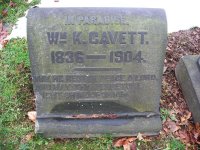hotrod53
Jr. Member
- Dec 20, 2008
- 51
- 34
- Detector(s) used
- Jetco Coinmaster, Jetco Huntmaster, Whites 5000-D, Tesoro Toltec 100, Tesoro Cutlass II, Minelab 705 Gold, 6" Coiltek Digger coil, currently Minelab Etrac, RNB battery pack, and a Garrett Pro Pointer
- Primary Interest:
- Other






